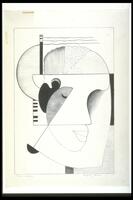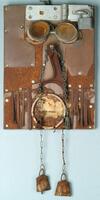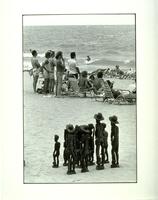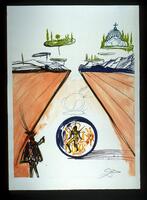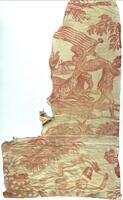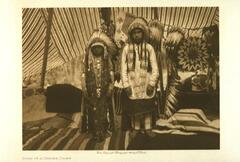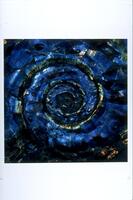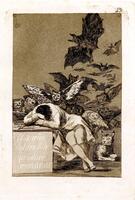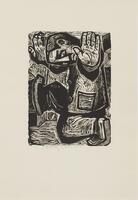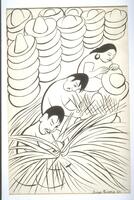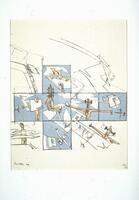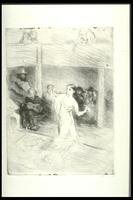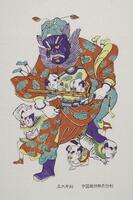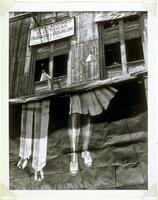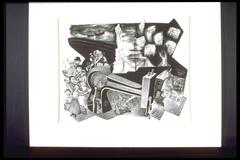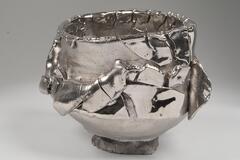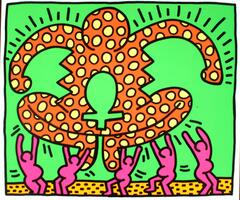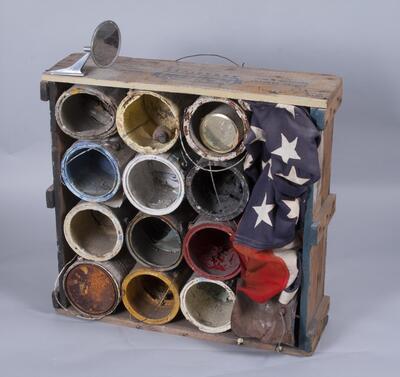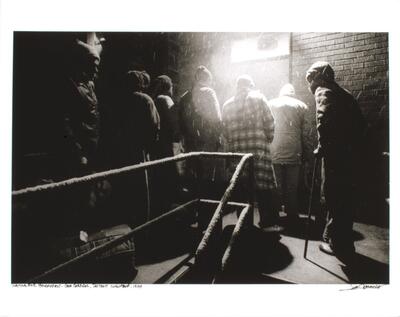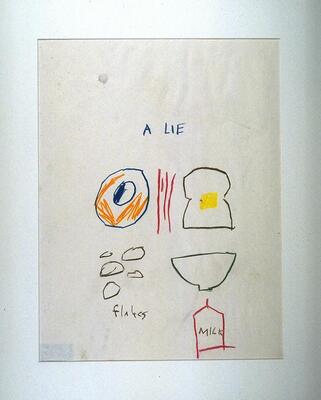Activity : Community Development Through Art
W20 Friedline: SW 650 - Community Development
PART ONE: Look through the Exchange Resource
Take a few minutes and look through the Exchange resource for your course (this will open a new window) https://exchange.umma.umich.edu/resources/28020
Below are some questions to consider when looking through the Resource:
As you look, consider:
- What drew you to this work in particular?
- How do you think it was made?
- What feeling, mood, or thought does this work evoke for you?
- Can you draw a comparison between what you have read or discussed in class to what you see?
Visual artists use formal elements such as line, color, texture, and space to create and convey meaning:
- Look at the form of the piece- how would you describe the colors?
- What words capture the quality of line in this work?
- What role does surface texture play, if any?
- How is space depicted?
- Does the title of the work provide helpful information for this discussion?
1. Discuss as a group what you notice about this selection of art as a whole.
2. Which work of art or artist is your favorite? Why?
Part Two: Artist as Activist
Many artists take it upon themselves to be advocates for their communities or for other marginalized communities, asking the viewer to really question the world around them.
1. Which work speaks loudest to you in terms of an advocate for community development? Why?
If you need it, here are two pairings to think about in comparison to one another:
George Vargas Michigan Worker vs. Tyree Guyton Untitled (Paint Cans)
- Open the Object Record to read more about each object.
- How/Why do these artists use recycled materials to get a specific message across?
- Tyree Guyton is most famously known for his Heidelberg Project. Some people disagree that his work is a positive act for community development (see the Project Timeline for more information). What do you think about the project?
Joe Crachiola Waiting for Breakfast vs. Jean-Michel Basquiat A Lie
1. What is Basquiat's A Lie about? Why is this "breakfast" a lie?
Food for thought:
- Who's breakfast is that?
- What culture would you associate with this breakfast?
- Why do we equate those items with a 'full, balanced breakfast'.
- Why is it a lie?
2. Read the following testimonial regarding Chrachiola's Waiting for Breakfast photograph from UM Professor of Social Work Larry Gant.
3. How are these two works in conversation with each other?
Part of 1 Learning Collection
<p><span style="font-size: 14px;">Teaching Guide</s...
<p><br></p>W20 / W 21 Andre - AAS 201
<p><span style="font-size: 14px;">W20 RAMIREZ - CAT...
<p><span style="font-size: 14px;">Originally used f...
<p><i>Oh, honey... A Queer Reading of the Collectio...
Created For
K-12 EducatorK-12 Student
Museum Visitor
UMMA Docent
UMMA Staff
University Faculty
University Student
Rate this Resource
AVG: 0 | Ratings: 0
& Author Notes
All Rights ReservedLast Updated
July 27, 2020 9:40 a.m.Report
Reporting Policy

